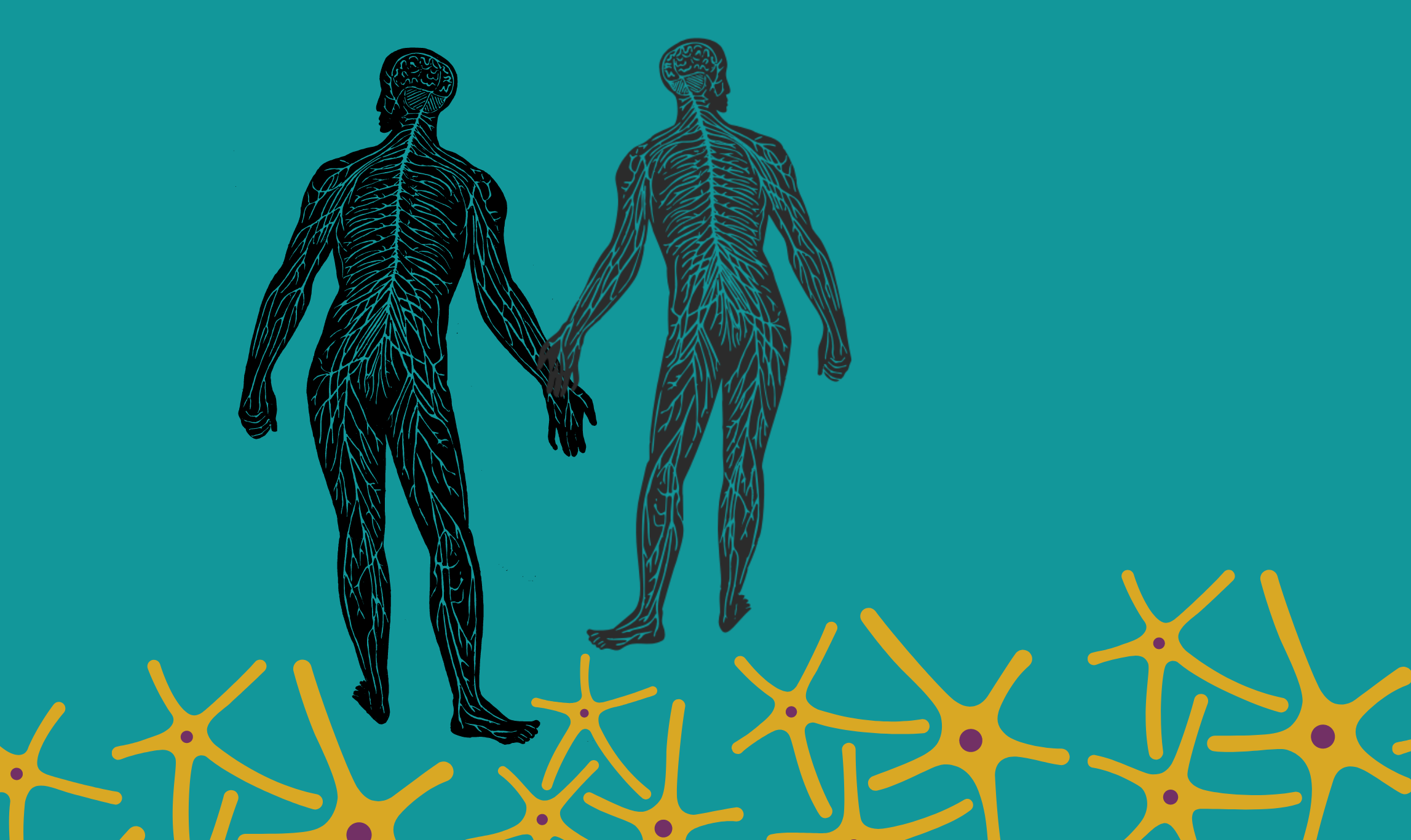Befriending your nervous system

Sometimes we have experiences in our life that feel too much, too fast, too soon. These experiences, whether encountered in our social justice work or in our personal lives, will activate the branch of our nervous system that is responsible for fight or flight. When our fight or flight response doesn’t work, we can shut down and freeze.
By getting to know our nervous system better, we can learn to listen more deeply and intentionally to these sensations in our body and instead of shutting down, use them as a resource for calming, grounding and presence. If we could collectively learn to befriend our nervous system, what would that make possible in the world?
In this conversation and guided practice from September 2022, slow down, tune into your body and discuss strategies to help regulate our nervous system with Sandra Ljubinkovic, a feminist activist, movement facilitator, somatic therapist and trauma worker. Sandra and Spring CEO Ellen Sprenger also discussed how we can integrate these practices into our social justice work.
Listen to the 23-minute audio summary of the conversation’s highlights.
Takeaway: Returning to safety and connection
Our nervous system is our personal surveillance system, constantly scanning our environment for cues of danger and asking, “Am I safe? Am I not safe?” It does this job far below our awareness and without involving the thinking parts of our brain. There is one part of our nervous system, called the ventral vagal pathway, which responds to cues of safety and supports us in feeling connected, calm and social. When you are firmly grounded in this pathway, you have a regulated nervous system.
A sense of danger can trigger us out of this state and mobilize us to either take action (often out of anxiety or anger) or shut down (leading to numbness or despair) in order to survive. It’s when these parts of our nervous system work together that we can better manage our emotions and increase our capacity for connection, resilience and compassion.
Somatic coach and movement facilitator Sandra Ljubinkovic spoke about how the language of our nervous system is the sensations of our body. It’s when we understand the cues that make us feel safe with another person or within our body, or the messages of threat that drive us away. Our nervous system is sending us these cues all the time but we have become so accustomed to ignoring it, impacting the way we can be effective in the world. But once we can understand and track our response patterns, we can begin to intentionally tune into our nervous system and take the actions needed to return to safety and connection.
Takeaway: The possibility to live from our hearts
Finding pockets of peace and calm can be challenging when we are constantly triggered by the various oppressive systems that we operate in, and sometimes we need to reach out for support. Co-regulation is the process of someone with a regulated nervous system effectively sharing their calm with someone whose nervous system is spiraling out of control. Sometimes if only one person in a group is grounded and regulated, that person can regulate the rest of the group or the person next to them.
Having the space and time to co-regulate our nervous systems in groups and movements can tap into the possibility of healing together in collective space. If we can co-regulate together, we’ll gain the ability to acknowledge distress and explore options, to reach out for support and develop organized responses, and eventually make our gatherings safer, braver and more authentic.
“Our heart has 100 times stronger electromagnetic fields than our brain,” said Sandra. “We think it's the opposite, that the brain is the computer but it’s the heart. For us, defending the nervous system is liberation at the most fundamental level which is living from our heart and awakening to our own power. The practices that are so simple and powerful are giving us an opportunity to get back into our natural state, our heart state, state of love, connection and compassion.”
Putting it into practice
The quickest way to tap into the part of our nervous system that is responsible for making us feel safe is physical touch. With these simple practices prepared by Sandra, we want to offer our nervous system the choice to return to safety and connection when we feel overwhelmed.
- Grounding. Feel your feet on the ground. Feel gravity. Feel the pressure of your body on what is supporting it. Feel the texture of objects with your fingers. Name details of what you touch, see, hear, smell and taste.
- Tracking. Place your attention on sensations in the body and monitor them for a period of time. Describe them and notice when they change. Stay with yourself even if something very uncomfortable comes up; be like Velcro. Challenge yourself to stay present and in the moment.
- Slowing/Titration. Deliberately slow down your emotions and disturbing body sensations, like slowing down the tempo of music. Separate out and work on only a small bit of the emotions or sensations and leave the rest for later, like taking only one bite of the pie.
- Resourcing. Create an imaginary safe place, or recall a safe, calming, comforting experience you had in your life. Imagine you’re there and notice what you feel. Know that you can always go to this place in your imagination if you need to calm yourself down.
- Pendulation. Be deeply present with an area of your body feeling activation, such as terror, anger, panic, tension. Then move your attention to a place of neutrality or calm in your body. Very slowly go back and forth. Build your capacity to stay with the negative. Also build your capacity to feel positive things again and to stay with the positive.
- Contact/Self-holding exercises. Put your hands on the parts of your body that feel difficult sensations (tension, discomfort). Notice how the hands feel when on the body. Notice how the body feels under the hands. Notice how the space in the body located between the hands feels.
- Self-empathy. Practice being gentle with yourself. Practice self-empathy.
Recommended Resources
About the speaker
Sandra Ljubinkovic is a feminist activist, movement facilitator, somatic therapist and trauma worker. She works on "holistic security," including the politics of self-care among activists.
Leap of Leadership is Spring’s monthly online meetup for social justice changemakers around the world. Each month, we tackle cutting-edge topics through new tools, concrete practices and exchanges with peers. Learn more or sign up to join our monthly drop-in sessions and receive our monthly emails.
September 30, 2022

